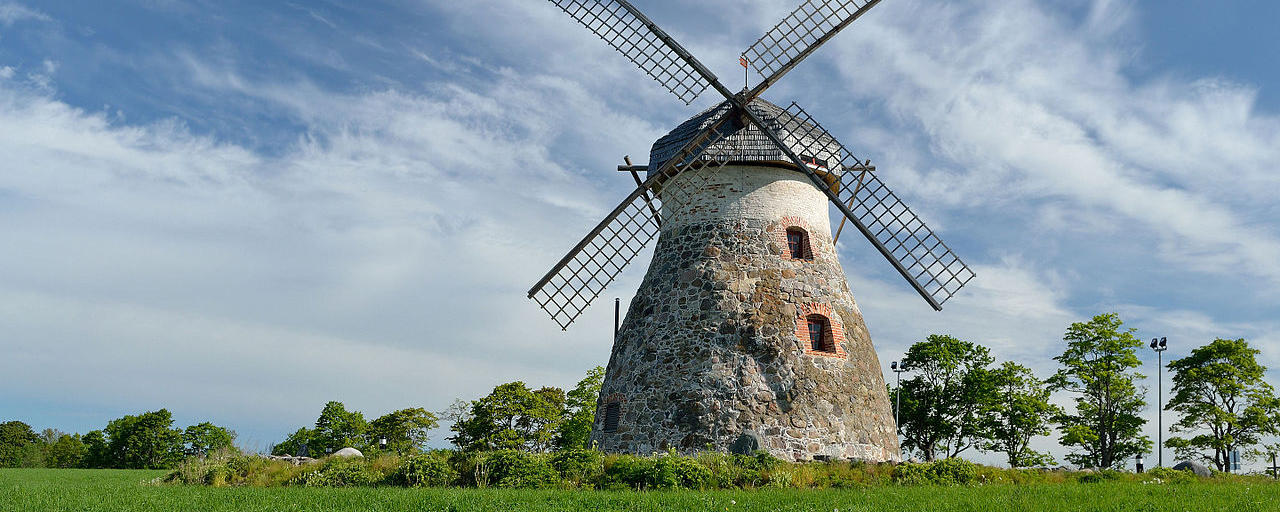In an era where the Greenhouse Effect and global warming has become rampant enough to be mainstream news, it’s time for us to smell the coffee – especially in the design and construction world.
Housing is one of the most widely popular types of construction.
Studies show that even in Britain, 300,000 new homes were being built since the 1970’s, and the statistics have only increased in recent decades.
Uncontrolled development is slowly but surely taking over, and coupled with global warming, the effects are quite alarming.
It is our responsibility to build our homes in an eco-friendly and sustainable manner.
Here are 6 ways you can make your home as environmentally friendly and ‘green’ as possible.
1. Sustainably sourced wood
Construction materials are the top priority in building an eco-friendly house, and it doesn’t get any better than sustainably sourced wood. It is a renewable source and has minimal carbon emissions.
While other building materials such as brick and concrete are mass-produced and are always readily available, their production also has a massive carbon footprint that is hazardous for our environment.
Using wood and timber in construction is so much better. It’s versatile, has a great load-bearing capacity, provides excellent moisture insulation and even has amazing acoustic qualities.
On top of that, the low-carbon footprint of wood brings it to the top of the list.
A wooden home is definitely going to be your best move to enter the eco-friendly market.
These days, designers and engineers are even teaming up to find creative solutions to replace concrete and steel with wood in larger structures as well.
2. Renewable energy sources
Finding smart ways to power up our homes is an essential part of keeping up with the times.
Instead of opting for mass-produced electricity, you can make your house energy efficient by choosing renewable energy sources.
There are basically 4 ways to go about it:
- Install modern heat pumps to heat and cool your home;
- Installing photovoltaic solar panels on your rooftop;
- Install solar thermal panels on your roof;
- consider wind power.
Let's the them one by one...
1) Install modern heat pumps to heat and cool your home.
Unlike other heating systems, heat pumps use energy in the air (or in the ground) to increase or decrease the temperature of your rooms.
Heat pump effectively “move” energy between your house and the environment and they do so by using electricity.
The good thing is that a heat pump can move 3 times more energy than the electricity it uses to function. This makes it extremely efficient, environmentally friendly and easy on your bills.
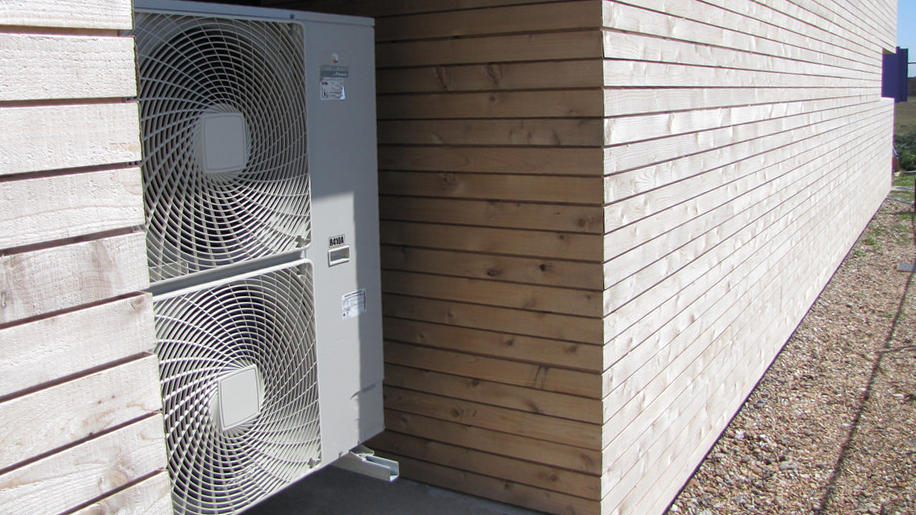
2) Installing photovoltaic solar panels on your rooftop.
In the past decade, photovoltaic solar panel (PV) have become extremely cheap.
Coupled with a good heat pump, they allow heating and cooling your house for free. Literally.
Depending on your Energy Network Operator, the Energy you produce during the day can be exchanged with the network during the day (if you do not use it) and you can get it back during the night when you do not produce it.
In southern locations, the amount of energy you generate in one year can even be bigger than your household needs, allowing for profitable trading with the Energy Network Operator.
Prices for installation of PV are as low as 2000/EUR per kW installed and you get started installing just 4-5 kW on your roof.
If you do not like the aesthetic impact of these panels, or if the structural integrity of your rooftop is too fragile, then you can even pick solar glass panels with photovoltaic technology, or you could clad your roof with solar shingles as well – a smart, compact and elegant solution to make your homes eco-friendly.
The solar shingle tech has been developed by Tesla already. It’s available in various finishes and contains powerful batteries that help you use clean, renewable energy.
Aside from that, there are some other innovative solutions. Although they are not widely available in the market, they are definitely happening.
The Roofit.solar is a good example. It is a start-up from Estonia, and much like Tesla’s solar shingles. Roofit.solar modules are "building integrated photovoltaic" (BIPV) construction elements that replace the conventional roofing and facade materials. Electricity is produced in a thin photovoltaic layer that covers the metal sheet. The series connection of modules is made under the roof sheeting between the battens.
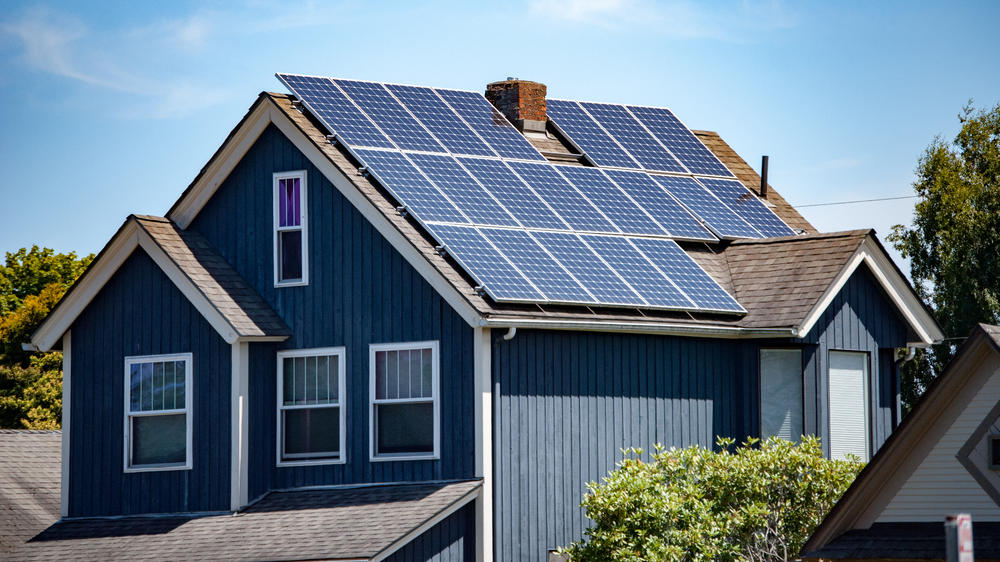
3) Install solar thermal panels on your roof.
Unlike PV panels, solar thermal panels are able to store the energy accumulated during the day.
They do so by heating water that you can then use when you need it.
They are more expensive than PV panels and their application is limited to domestic hot water and water for heating.
However, if you have a large family and you use lots of water or you have a large house to heat, this is definitely an option you need to consider.
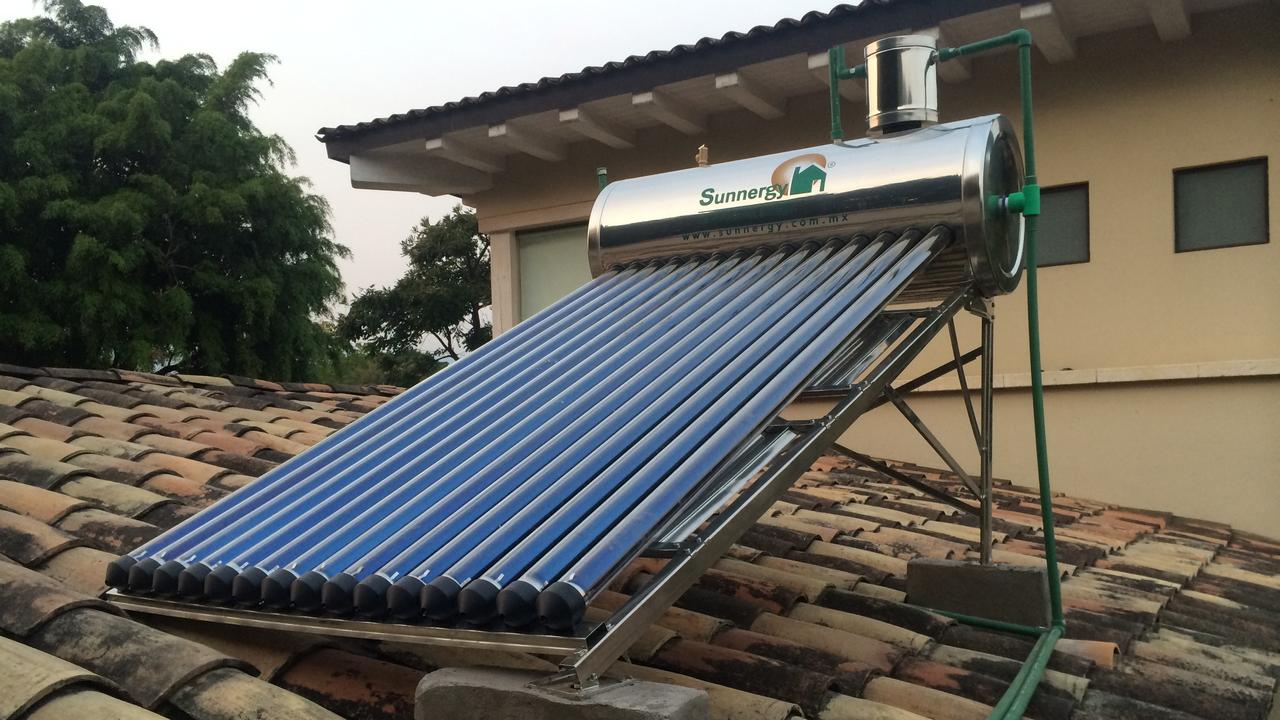
4) Consider Wind Power.
If your home is located in a place where there is enough wind pressure, then you can also install a mini-wind turbine.
Vertical wind turbines are highly recommended since they work better in turbulent wind conditions, often found in the urban environment.
Be aware that wind turbines can be noisy and they may not be visually appealing for many people.
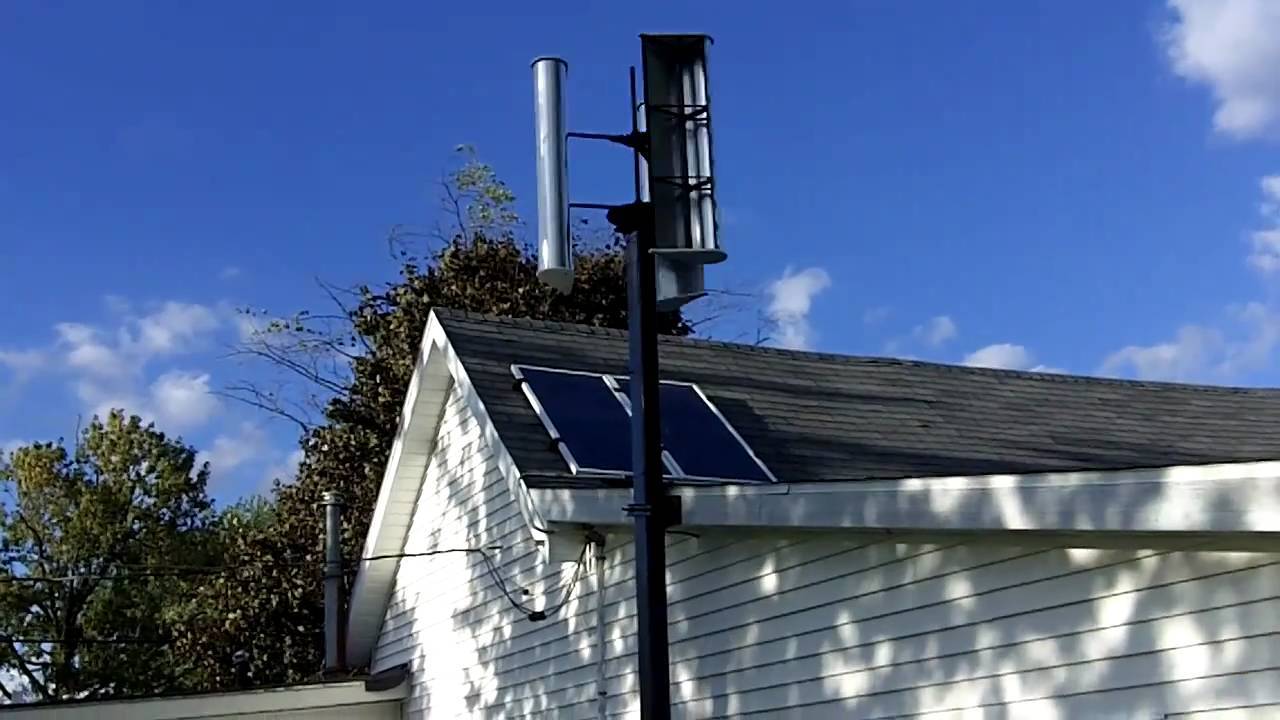
3. “Passive House” design techniques.
The concept of Passive House was invented in Germany in the 70s (Passivhaus) and it leverages high-quality and high-performance materials, combined with the orientation of the house, to deliver the best indoor comfort at the lower running cost.
It is as eco-friendly as it gets.
The design principles of the Passivhaus Standard encourage creative ways to cut direct sunlight from entering into homes. For example, window shades and cantilevers can be designed in a way that cuts of direct sunlight from the high summer sun, but lets in the direct light from the low winter sun.
Another great example of passive techniques is utilizing wind to cool the house.
By using the indigenous wind direction, your home can automatically be cooler in the summer. You’ll need to design windows that accommodate better ventilation. Their sizes need to correspond with the direction of the wind. Only then can you enjoy a soft, flowing breeze during hot summers.
Similarly, if you live in cold areas, using the sun path can automatically make your home warmer without any active design methods like thermostats etc.
You can design large windows or even a solarium in the orientation where the sun shines the brightest to get the best effects.
When considering design techniques, it is also worth keeping in mind the comfort aspect of the construction. This article gives an overview of the important things you shall keep in mind:
https://katus.eu/learn/courses/details-affecting-indoor-comfort
NOTE: the principles of the Passivhaus Standard can be adopted in any low-energy building and, coupled with the use of modern heat pumps that can effectively reduce to almost zero your Energy needs for heating and cooling.
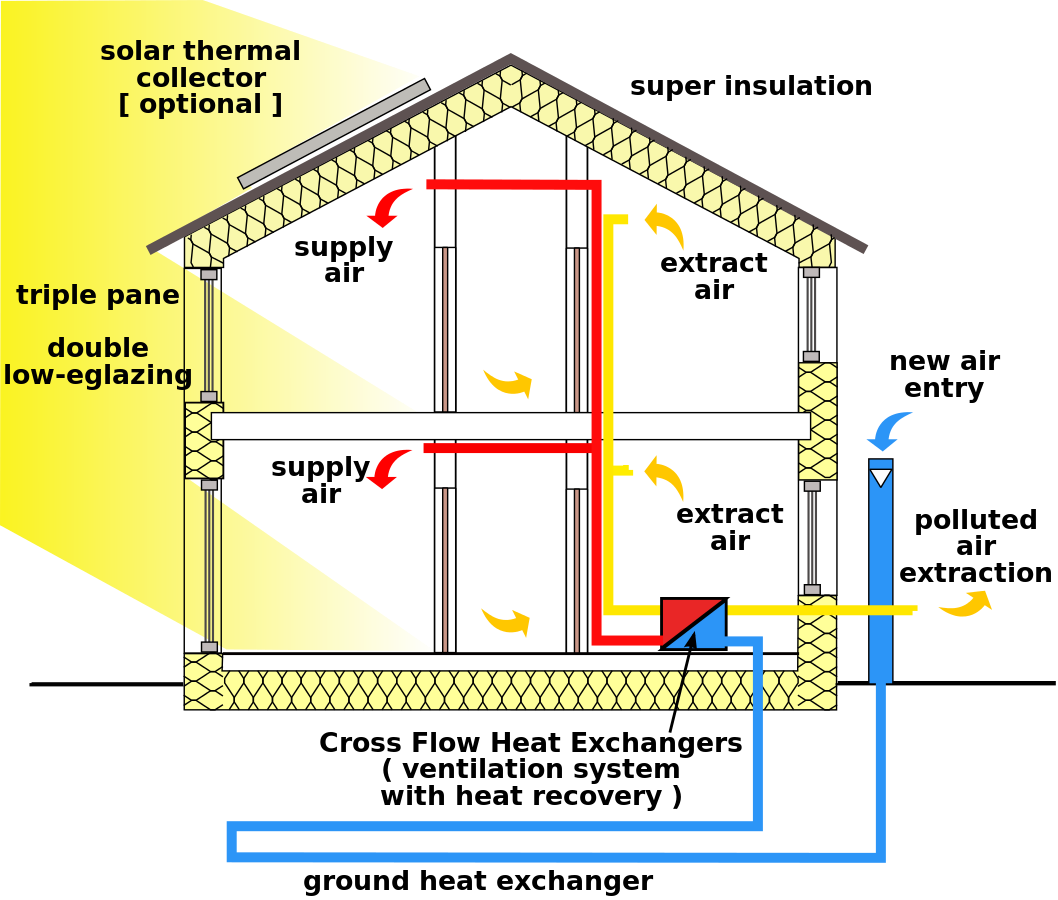
4. Roof gardens
Another eco-friendly housing design component, green roofs help reduce the influx of heat, are a great way to add oxygen producing plants and the perfect way to battle the adverse effects of urban sprawl in residential communities.
However, that’s not all: they also help with stormwater management, elongate the durability of your home’s roofing membranes, and are the perfect way to insulate your homes against the hard-beating of the sun.
The aesthetics benefits of roof gardens are also quite appealing. Not only do they help mitigate the plantation of much-needed flora, but they also add to the overall beauty of the home. They can also become the perfect personal retreats when you want to hold a summer barbeque or a private party!
5. Harvest and recycle rainwater
If you have an older toilet, you rush off approximately 11-26 liters of water every single time you flush the toilet.
Did you know that?
Although new regulations have set a cap on 6 liters, it is still a lot.
Water shortage is a crisis that often gets overlooked, but it’s always a looming threat. Droughts and water shortage can stagger the population, so you can do your part by adding water conservation systems to your homes.
If you’re worried about wasting so much water by flushing, you can install a toilet bowl with a sink in your home. This innovative fixture actually has a sink on top of the flush. Here’s how it works – the sink actually uses fresh water, but saves the ‘grey’ soapy water in the tank of the WC, so when you do your business and flush, it actually uses the grey water to do it. You’ll definitely be saving a lot of fresh water with this invention.
You can make your houses sustainable by installing rain harvesting systems so you can catch and reuse the water to reduce your official water consumption.
This system collects the stormwater that would have otherwise run off and it provides a distributed irrigation system to use it. It can be used for flushing toilets, washing cars, or can even be purified for drinking purposes.
6. Recycling plastic
Plastic is a sworn, ubiquitous enemy of our environment, but it has become so commonly consumed, that it can be hard to completely give it up.
Most of the things that we use and wear contain some amount of plastic. So, instead of fighting a losing battle and avoiding plastic altogether, it’s better to recycle what has already been collected in the landfills.
There are lots of innovative ways being discovered to use plastic in construction. Plastic concrete bricks, bottled houses and the like is a newly budding, although not yet a widely used form of construction that is going to help us be eco-friendly with our construction techniques in the long run. These are literally the building blocks of our future.
Conclusions
So, these are a few ways that you can build an eco-friendly house.
Our recommendation would be to start with those that can also help your pocket in the long run.
First of all, make sure your house is designed to be energy-friendly (Passivhaus techniques).
Second, make sure you get a good heat pump installed.
Third, install a generous PV system on your roof to run the heat pump at nearly zero cost.
All the other techniques described above bring marginal benefit to the operational cost of the house and might result in additional investment cost.
It is up to you to decide how far you are willing to go to preserve and help the environment.
About the Author
This article was written for katus.eu by Luke Oleenik, edited by Andrea Bronzini.
Luke serves as the Managing Director of XL Building, a trusted building company specializing in second storey additions and custom home construction across Melbourne.
If you want more information on the process of building a prefab home or you have any other kind of question, feel free to reach out to us.



